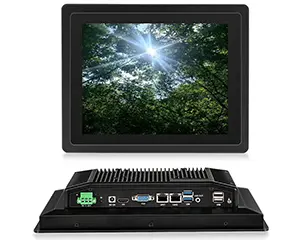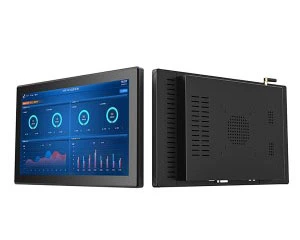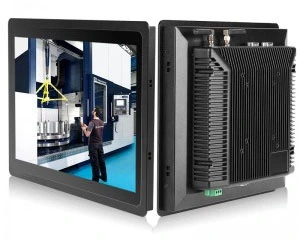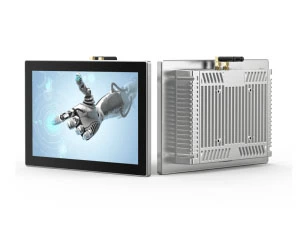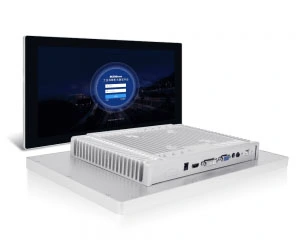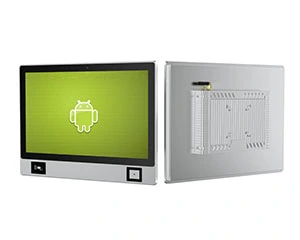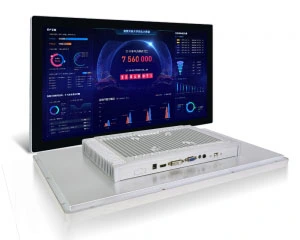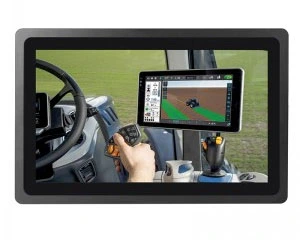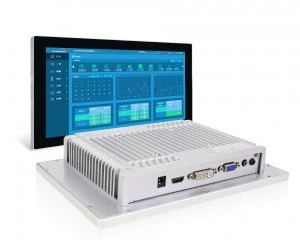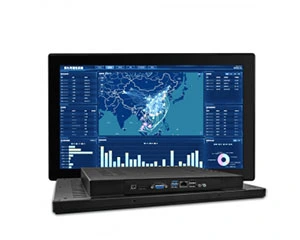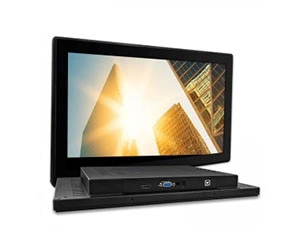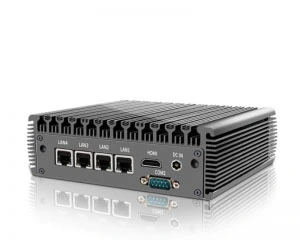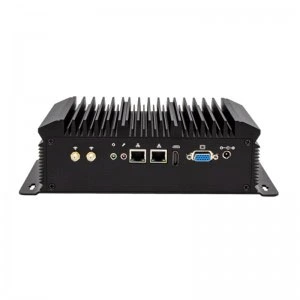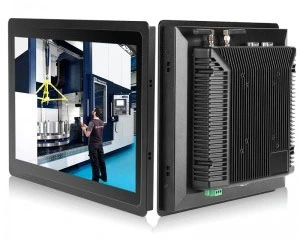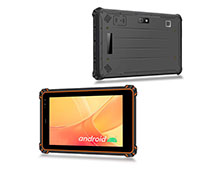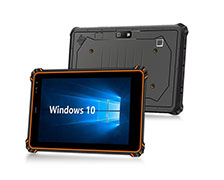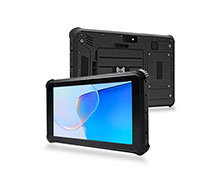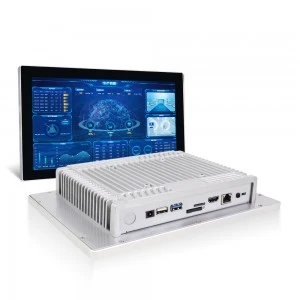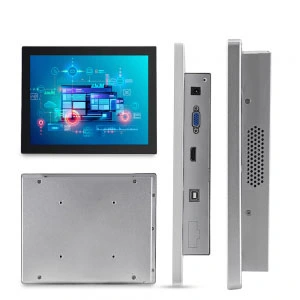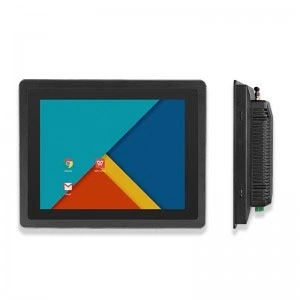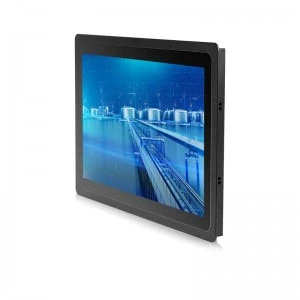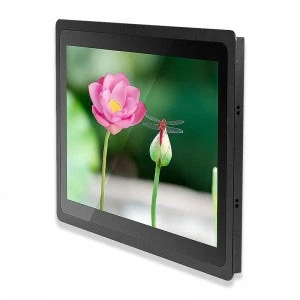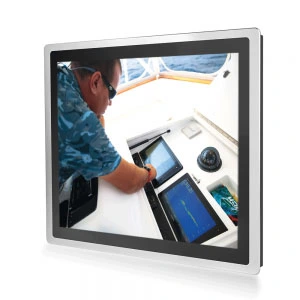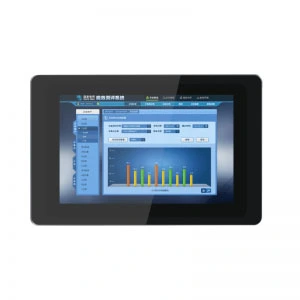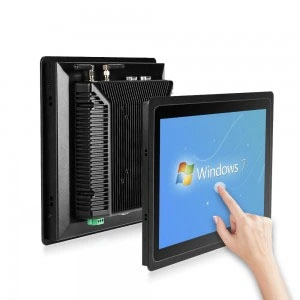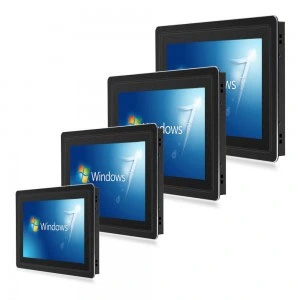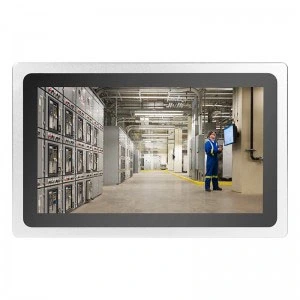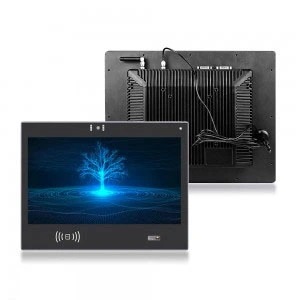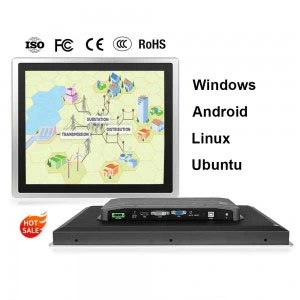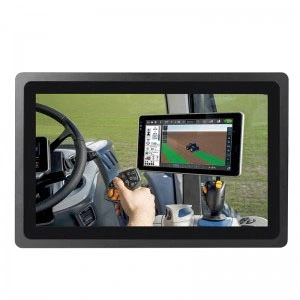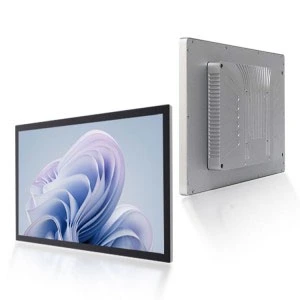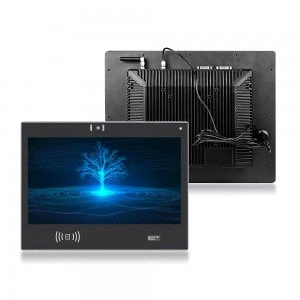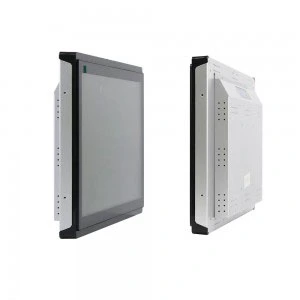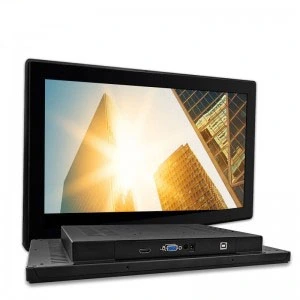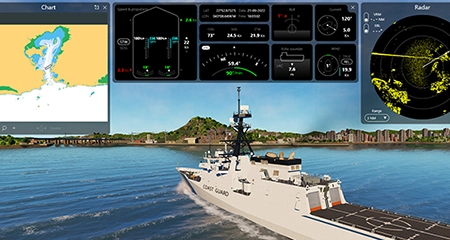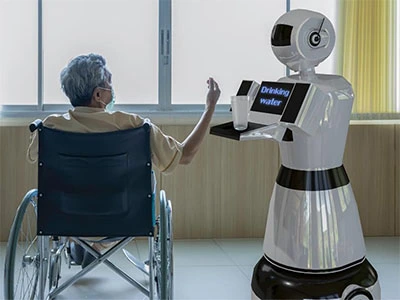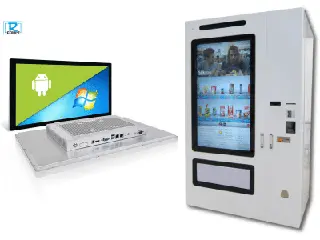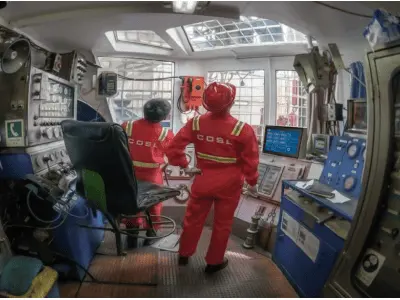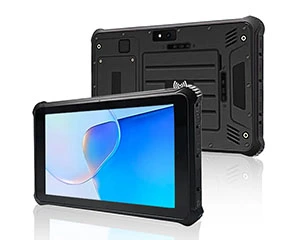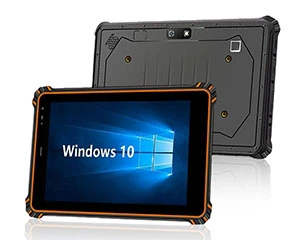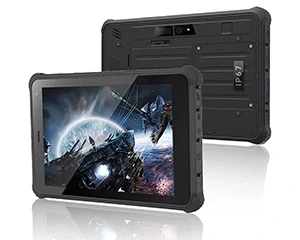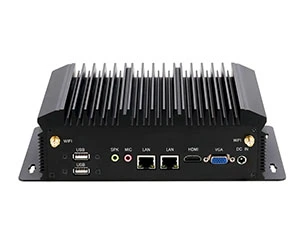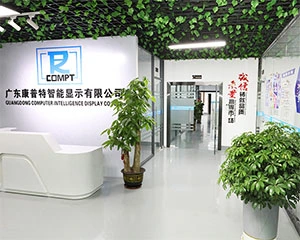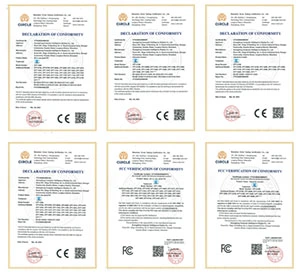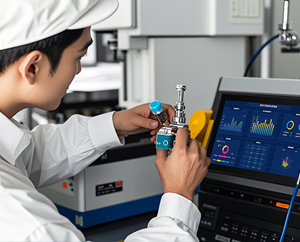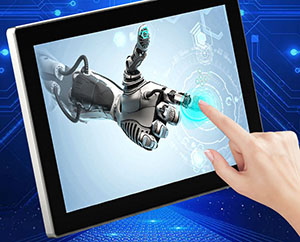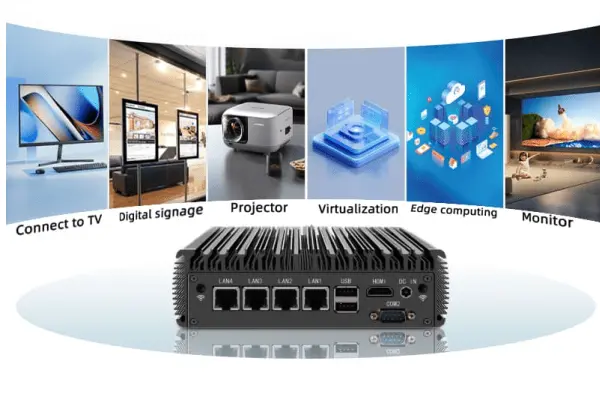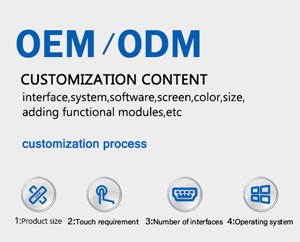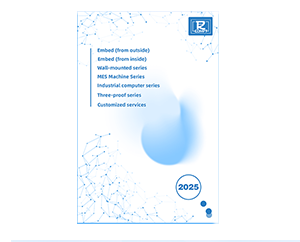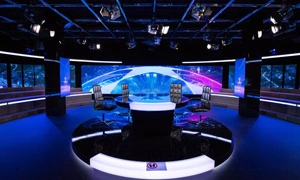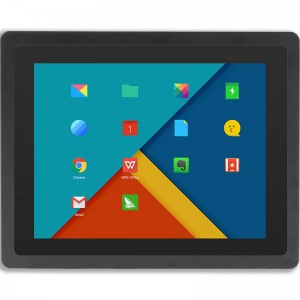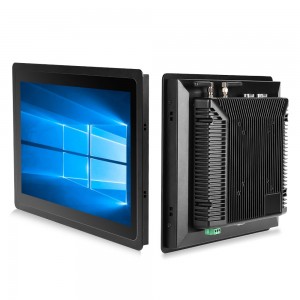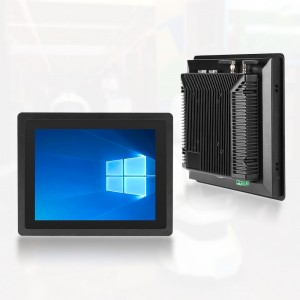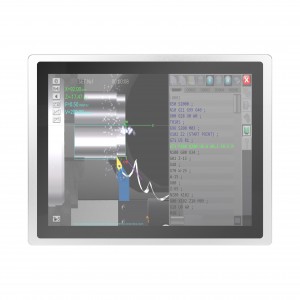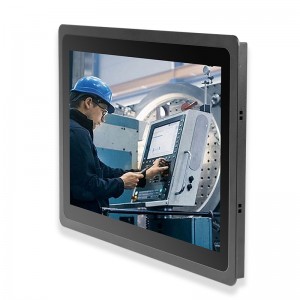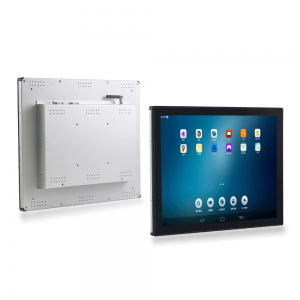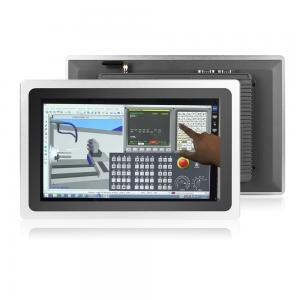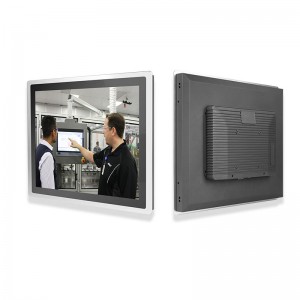All-in-one (AiO) computers have a few problems. Firstly, accessing internal components can be very difficult, especially if the CPU or GPU is soldered to or integrated with the motherboard, and is almost impossible to replace or repair. If a component breaks, you may have to buy an entirely new AiO computer. This makes repairs and upgrades expensive and inconvenient.

What’s Inside
1. Is an All-in-One PC suitable for everyone?
2.Advantages of All-in-One PCs
3. Disadvantages of all-in-one computers
5. What is a desktop computer?
6. All-in-One versus Desktop PC: Which is right for you?
1. Is an All-in-One PC suitable for everyone?
All-in-one PCs are not suitable for everyone, here are the suitable and unsuitable people respectively.
Suitable Crowd:
Beginners and non-technical users: all-in-one computers are easy to set up and use right out of the box, and do not require additional technical knowledge.
Design and space conscious: All-in-one computers are stylish and take up little space, making them suitable for people who are concerned about aesthetics and tidiness.
Light users: If you’re just doing basic office work, web browsing and multimedia entertainment, an All-in-One PC is perfectly suited to the task.
Unsuitable Crowd:
Technology enthusiasts and those with high performance needs: All-in-one PCs are difficult to upgrade and repair hardware, making them unsuitable for users who like to do their own upgrades or need high performance computing.
Gamers and professional users: Due to heat dissipation and performance limitations, All-in-One PCs are not suitable for gamers who need high-performance graphics cards and processors, or for users who are professionals in video editing and 3D modelling.
Those on a limited budget: All-in-one PCs are usually more expensive than desktop PCs with the same performance and have higher maintenance costs.
2.Advantages of All-in-One PCs
Modern design:
o Compact and slim design with all system components built into the same housing as the LCD screen.
o With a wireless keyboard and wireless mouse, only one power cord is needed to keep your desktop tidy.
Suitable for beginners:
o Simple to use, just open the box, find the right place, plug it in and press the power button.
o New or used devices require operating system setup and networking.
Cost-effective:
oSometimes more cost-effective compared to traditional desktop computers.
o Often come with branded wireless keyboards and wireless mice right out of the box.
o Traditional desktop computers usually require a separate purchase of a monitor, mouse and keyboard.
Portability:
o While laptops are usually the better portable option, AIO computers are more mobile than traditional desktop computers.
o When moving, you only have to deal with a single-unit AIO computer instead of a desktop tower, monitor, and peripherals.
3. Disadvantages of all-in-one computers
Not favoured by tech enthusiasts
AIO computers are not preferred by tech enthusiasts as a primary device unless it is a high-end “Pro” device; AIO computers do not meet the high performance and scalability demands of tech enthusiasts due to their design and component limitations.
Performance to Cost Ratio
Compact design creates performance issues.Due to space constraints, manufacturers are often unable to use key components, resulting in reduced performance.AIO systems often use mobile processors, which are energy efficient but do not perform as well as the desktop processors and graphics cards found in desktop computers.AIO computers are not as cost-effective as traditional desktop computers because they are more cost-effective than traditional computers. AIO computers are often at a disadvantage in terms of processing speed and graphics performance compared to traditional desktops.
Inability to upgrade
The limitations of self-contained units, AIO computers are usually self-contained units with internal components that cannot be easily replaced or upgraded. This design limits the user’s options as the unit ages and may require the purchase of an entirely new unit. Desktop computer towers, on the other hand, can be upgraded with virtually all components, such as CPUs, graphics cards, memory, etc., prolonging the life and adaptability of the unit.
Overheating Problems
The design leads to heat dissipation problems. Due to the compact design, the internal components of AIO computers are densely arranged with poor heat dissipation, resulting in the device being more prone to overheating. This can not only cause the device to shut down unexpectedly, but also lead to long-term performance degradation and hardware damage. Overheating issues are especially significant for tasks that require long runs and high performance.
Higher Costs
Higher cost of customised parts and design, AIO PCs usually cost more due to their all-in-one design and the customised parts they use. Compared to mini-PCs, desktops and laptops in the same price range, AIO computers are more expensive, but the performance may not match. Additionally, repairs and replacement parts are more expensive, further adding to the total cost.
Display Issues
An AIO computer’s monitor is part of its all-in-one design, which means that if there is a problem with the monitor, the entire unit may need to be sent in for repair or replacement. In contrast, desktop computers have separate monitors that are easier and less expensive to repair and replace.
4. All-in-one PC alternatives
a Traditional desktop computers
Performance and upgradability, traditional desktop computers offer significant advantages in terms of performance and upgradability. Unlike an All-in-One PC, the components of a desktop PC are separate and can be replaced or upgraded at any time by the user as needed. For example, CPUs, graphics cards, memory and hard drives can be easily replaced to keep the system high performance and up-to-date. This flexibility allows desktop computers to adapt to changing technology and needs.
Cost Effectiveness
While desktop computers may require more accessories (such as a monitor, keyboard and mouse) at the time of initial purchase, they are more cost-effective in the long run. Users can select and replace individual components according to their budget without having to purchase a whole new machine. In addition, desktop computers are also typically less expensive to repair and maintain, as it is cheaper to replace individual faulty components than to repair the entire system of an all-in-one computer.
Heat dissipation and durability
As desktop computers have more space inside, they dissipate heat better, reducing the risk of overheating and increasing the durability of the device. For users who need to run at high loads for long periods of time, desktop PCs offer a more reliable solution.
b Mini PC
Compact design balanced with performance
Mini PCs are close to all-in-one PCs in size, but closer to desktop PCs in terms of performance and upgradeability. Mini PCs are often modular in design, allowing users to replace internal components, such as storage and memory, as needed. While mini PCs may not be as good as high-end desktops in terms of extreme performance, they offer adequate performance for everyday use.
Portability
Mini PCs are more portable than traditional desktop computers for users who need to move their devices around a lot. Although they require an external monitor, keyboard and mouse, they still have a smaller overall weight and size, making them easy to carry and reconfigure.
c High Performance Laptops
Total Mobile Performance
High-performance laptops combine portability and powerful performance for users who need to work and play in different locations. Equipped with powerful processors, discrete graphics cards and high-resolution displays, modern high-performance laptops are capable of handling a wide range of complex tasks.
Integrated Solutions
Similar to All-in-One PCs, high-performance laptops are an integrated solution, containing all the necessary components in one device. However, unlike All-in-One PCs, laptops offer greater mobility and flexibility, making them ideal for users who travel frequently and need to work on the move.
d Cloud Computing and Virtual Desktops
Remote Access and Flexibility
Cloud computing and virtual desktops offer a flexible solution for users who need high-performance computing but don’t want to invest in high-end hardware. By connecting remotely to high-performance servers, users can access powerful computing resources from anywhere with an Internet connection without having to own the resources themselves.
Cost Control
Cloud computing and virtual desktops allow users to pay for computing resources on demand, avoiding costly hardware investments and maintenance costs. This model is particularly suited to users who need temporary increases in computing power or have fluctuating needs.
5. What is a desktop computer?
A desktop computer (Desktop Computer) is a personal computer that is primarily used in a fixed location. Unlike portable computing devices (e.g. laptops, tablets), a desktop computer usually consists of a mainframe computer (which contains the main hardware such as the central processing unit, memory, hard drive, etc.), a monitor, a keyboard and a mouse. Desktop computers can be categorised into different forms, including towers (Tower PCs), mini PCs and all-in-one PCs (All-in-One PCs).
a Advantages of Desktop PCs
High performance
Powerful Processing: Desktop PCs are usually equipped with more powerful processors and discrete graphics cards that are capable of handling complex computing tasks and high-performance demands, such as graphic design, video editing, and gaming.
Large memory and storage space: Desktop computers support the installation of high-capacity memory and multiple hard drives, providing higher storage and data processing power.
Scalability
Component Flexibility: Various components of desktop PCs such as CPUs, graphics cards, memory and hard drives can be replaced or upgraded as needed, extending the life of the device.
Technology update: Users can replace hardware at any time in accordance with the latest technological developments to maintain the high performance and advancement of the computer.
Good heat dissipation
Good heat dissipation design: Desktop computers are able to install multiple radiators and fans due to their large internal space, effectively lowering the temperature of the equipment, reducing the risk of overheating, and ensuring the stable operation of the system.
Easy maintenance
Easy to maintain and repair: the components of desktop computers are modular in design, so users can open the chassis by themselves to carry out simple maintenance and troubleshooting, such as cleaning dust, replacing parts and so on.
b Disadvantages of desktop computers
Large size
Takes up space: desktop computer mainframe, monitor and peripherals require a large desktop space, not as space-saving as laptops and all-in-one computers, especially in small office or home environments.
Not portable
Lack of portability: Due to their large size and heavy weight, desktop computers are not suitable for frequent movement or carrying on the go, and are limited to fixed usage scenarios.
Higher power consumption
Higher power consumption: High-performance desktop computers usually require a stronger power supply and have a higher overall energy consumption than energy-efficient devices such as laptops.
Potentially higher initial cost
Higher end configuration cost: Although regular desktop computers are relatively affordable, the initial purchase cost may be higher if you are pursuing a high performance configuration.
6. All-in-One versus Desktop PC: Which is right for you?
When choosing between an All-in-One PC (AIO) or a Desktop PC, it’s all about your workflow and needs. Here are detailed comparisons and recommendations:
a Light work: AIO PCs may be sufficient
If your workflow consists mainly of lightweight tasks such as using MS Office, browsing the web, handling emails and watching online videos, then an AIO PC may be an ideal choice.AIO PCs offer the following advantages:
Simplicity and aesthetics
All-in-one design: AIO computers integrate the monitor and host computer into one device, reducing the number of cables and devices on the desktop and providing a clean and uncluttered work environment.
Wireless connectivity: most AIO computers come with a wireless keyboard and mouse, further reducing desktop clutter.
Easy setup
Plug and play: AIO computers require little to no complex setup, simply plug in and press the power button to get started, perfect for less tech-savvy users.
Space-saving
Compact design: AIO computers take up less space, making them ideal for office or home environments where space is at a premium.
While AIO computers perform well for light work, if your work requires higher performance, then you may want to consider other options.
b High-performance needs:
Apple AIO or desktop computer with discrete graphics recommended
For users who need to handle high-performance tasks such as graphic design, video editing, 3D modelling and gaming, the following options may be more suitable:
Apple AIO (e.g. iMac)
Powerful performance: Apple’s AIO computers (e.g. iMac) are usually equipped with powerful processors and high-resolution displays that are capable of handling graphics-intensive tasks.
Optimised for professional applications: Apple’s operating systems and hardware are optimised to run professional applications such as Final Cut Pro, Adobe Creative Suite and more efficiently.
Desktop PCs with discrete graphics
Superior graphics: Desktop computers can be equipped with powerful discrete graphics cards, such as the NVIDIA RTX family of cards, for tasks that require high graphics processing power.
Upgradability: Desktop PCs allow users to upgrade the processor, graphics card and memory as needed to keep the device high performance and advanced.
Good heat dissipation: Due to the large internal space, desktop PCs can be fitted with multiple heat sinks and fans to effectively reduce the temperature of the device and ensure stable system operation.
Ultimately, choosing an AIO PC or a desktop PC depends on your specific needs and workflow. If your tasks are predominantly light work, AIO PCs offer a clean, easy-to-use and space-saving solution. If your work requires higher performance, an Apple AIO (such as an iMac) or a desktop computer with a discrete graphics card will better meet your needs.
Whichever device you choose, you should consider performance, upgradeability, ease of maintenance and budget to find the computing device that best suits your needs.
COMPT focuses on the production, development and sales of industrial all-in-one machines. There is a certain difference with the all-in-one machine in this article, if you need to know more you can contact us at zhaopei@gdcompt.com.

Penny
Web Content Writer
4 years of experience
This article is edited by Penny, the website content writer of COMPT, who has 4 years working experience in the industrial PCs industry and often discusses with colleagues in R&D, marketing and production departments about the professional knowledge and application of industrial controllers, and has a deep understanding of the industry and products.
Please feel free to contact me to discuss more about industrial controllers. sales@gdcompt.com

